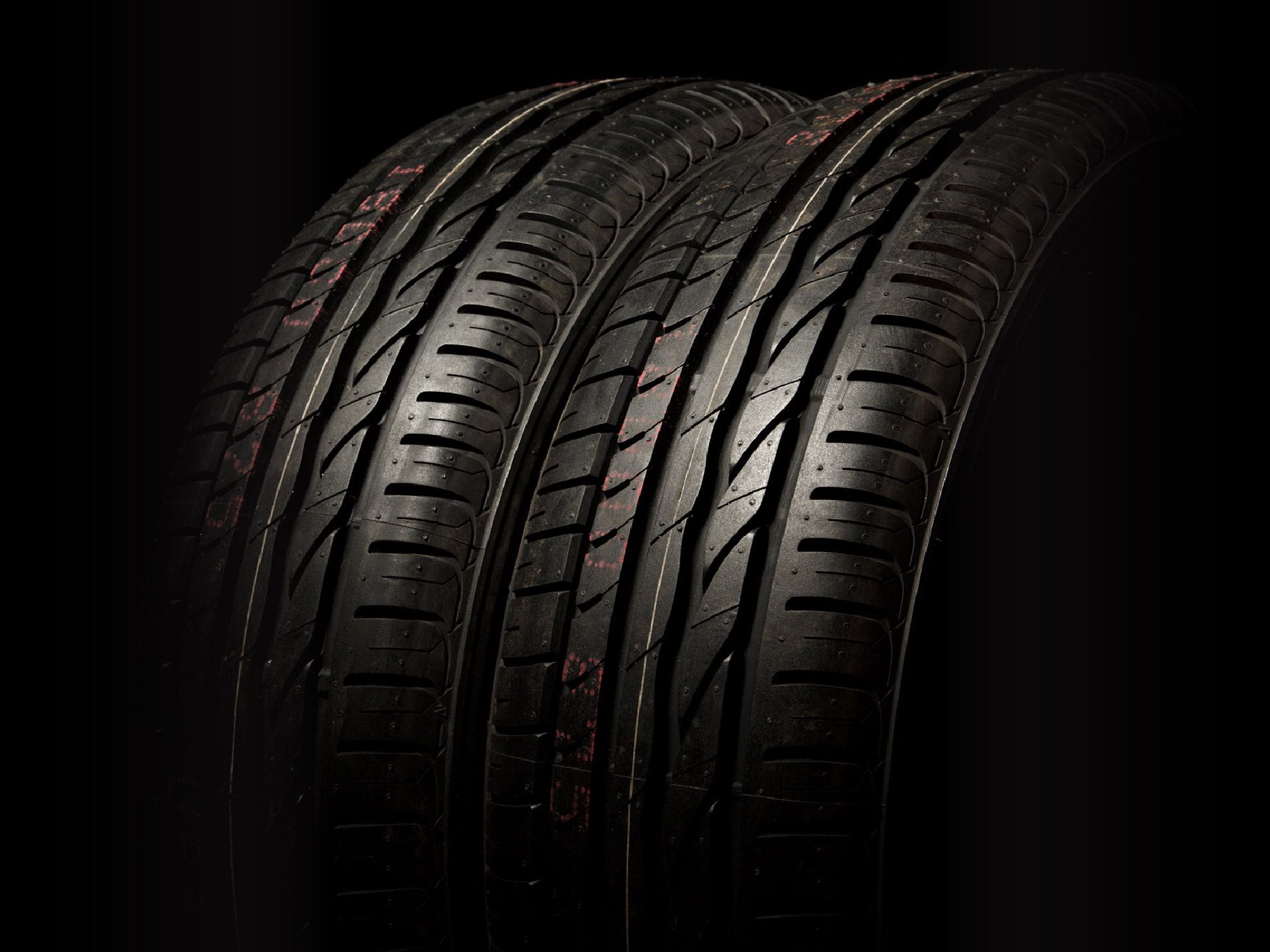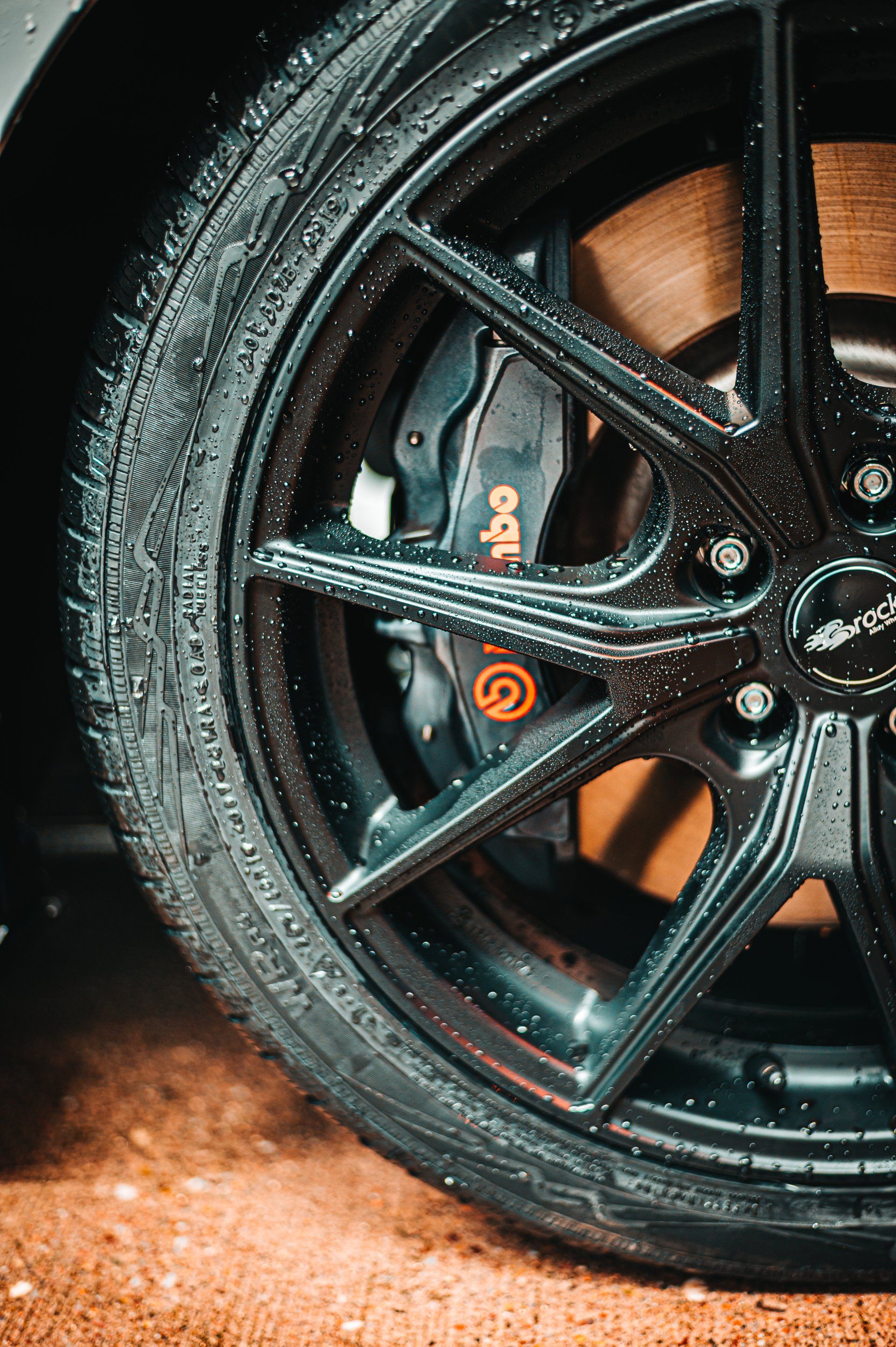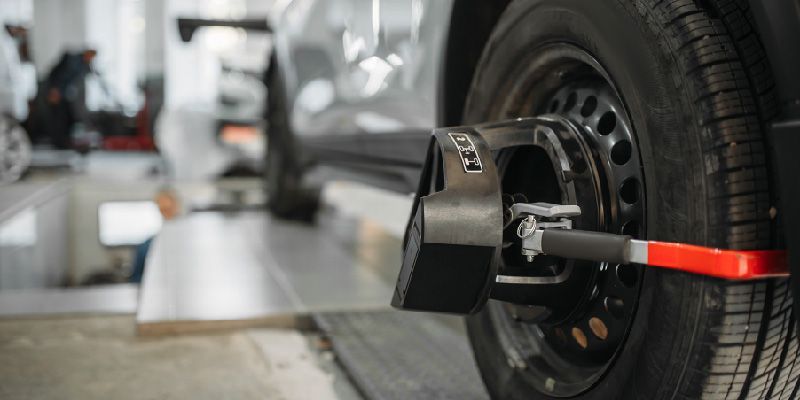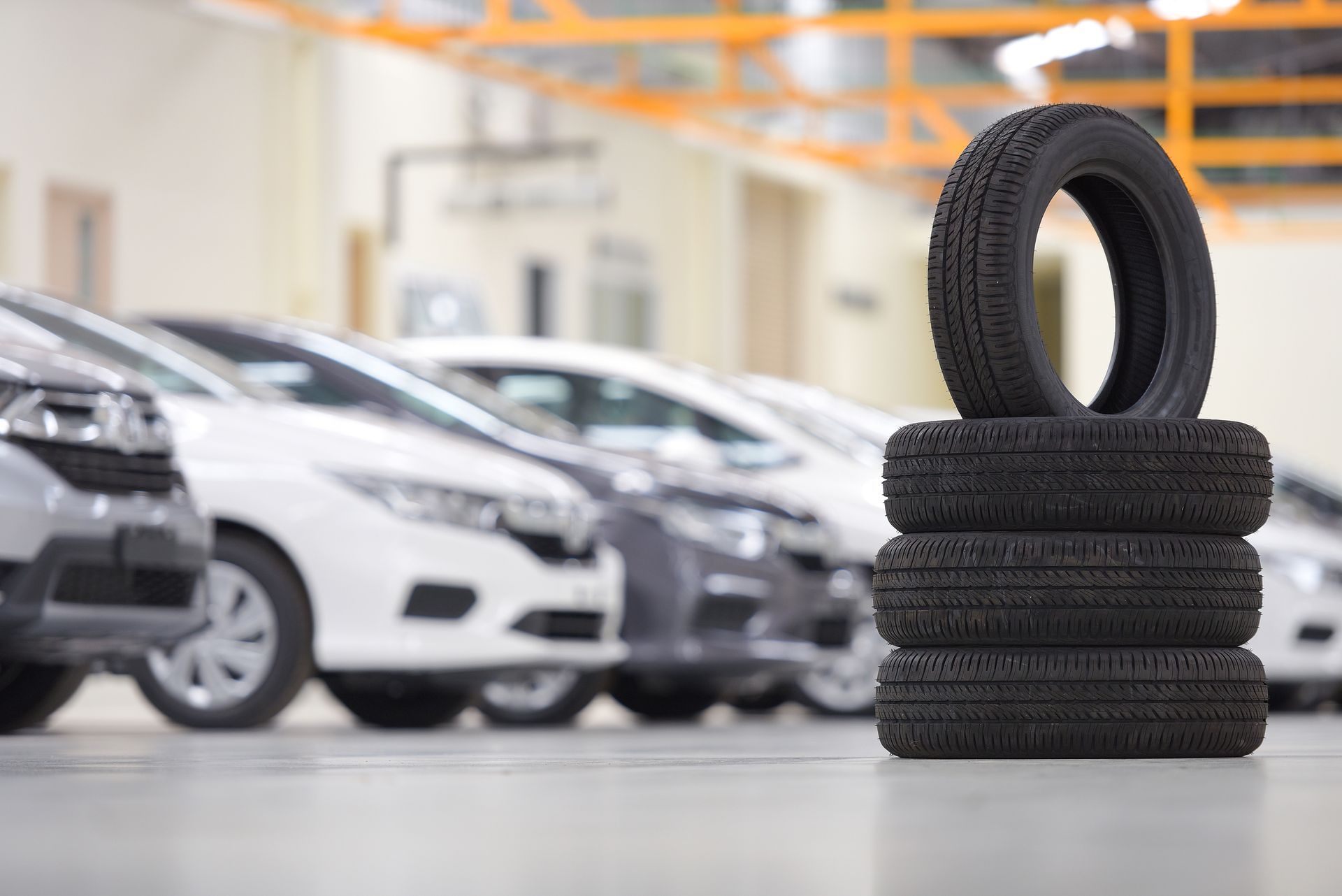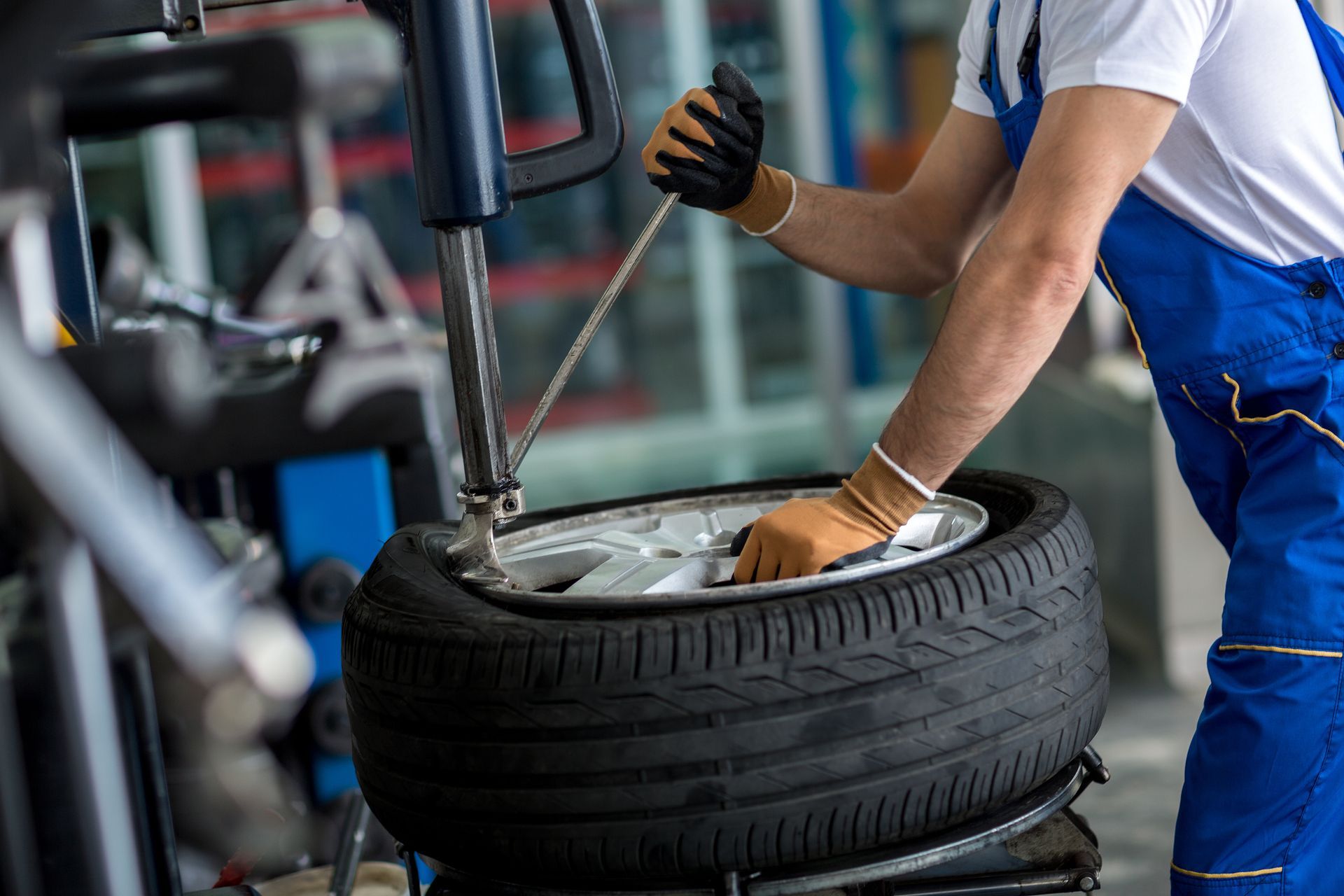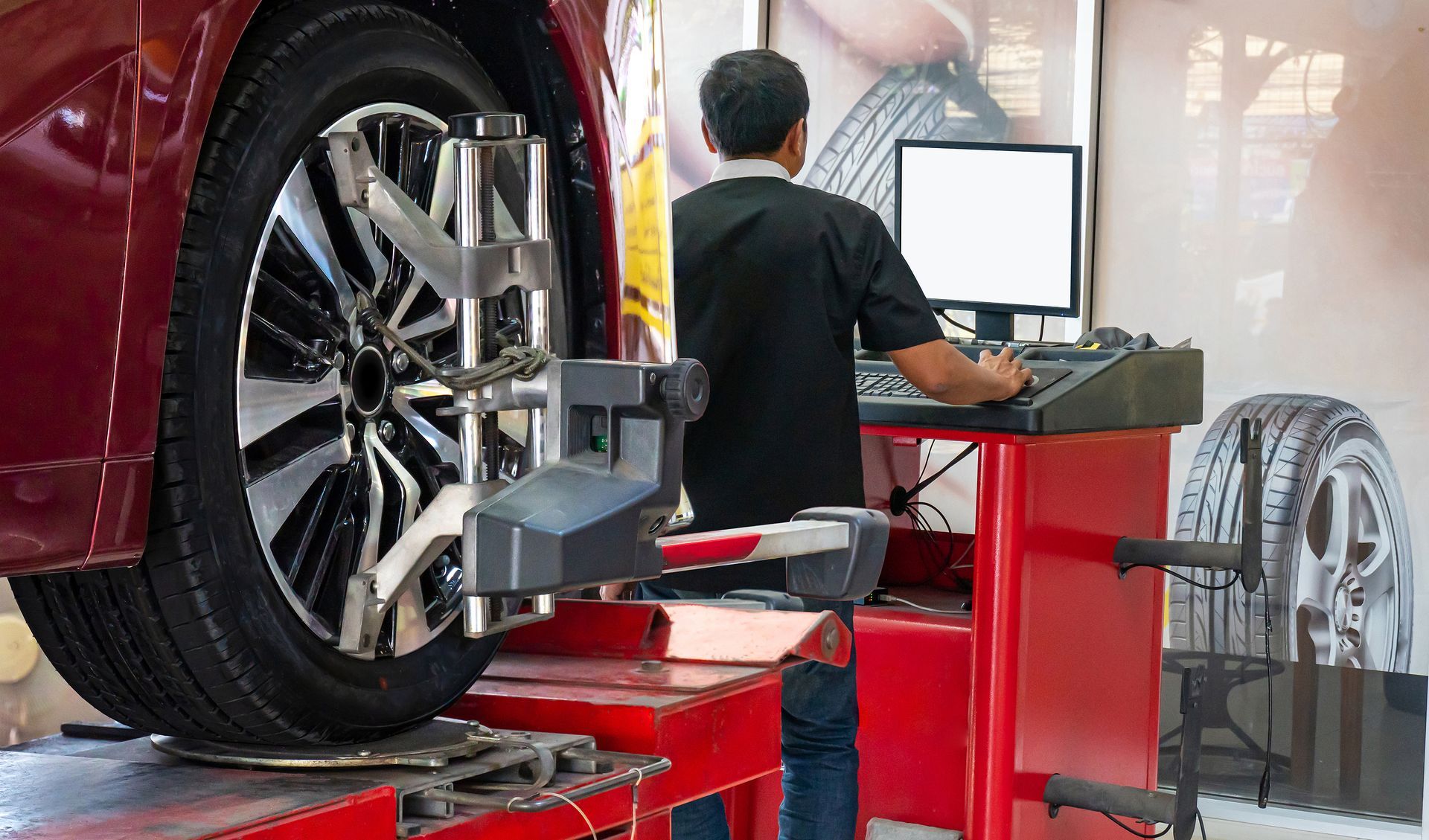Get Ready for Summer Road Trips with New Tires
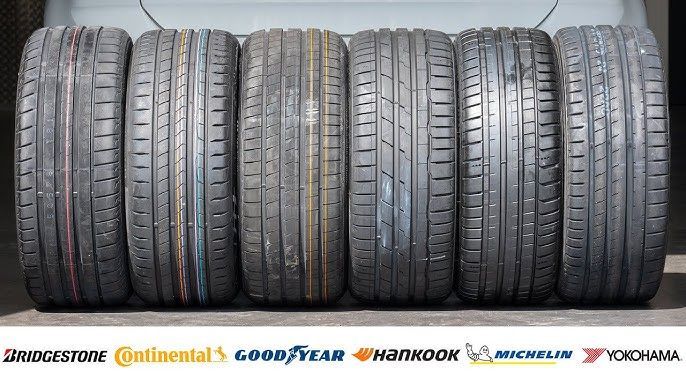
With the sun shining brighter and the days getting longer, the beckoning of summer adventures starts to fill the air. For many, this is the signal to start planning those exciting summer road trips. But before you set off on your journey, there's one crucial aspect of your vehicle that demands attention—your tires. Ensuring your tires are in top condition is vital for a safe and enjoyable trip. From checking tire pressure to understanding the importance of tread depth, let's dive into why gearing up with new tires can make all the difference for your summer escapades.
Why New Tires Are Essential for Summer Road Trips
Summer road trips mean long drives, warm temperatures, and sometimes unpredictable road conditions. Your tires are the only point of contact between your car and the road, making them one of the most critical safety features of your vehicle. Here's why new tires should be on your road trip essentials checklist:
Enhanced Safety and Performance
During summer, the combination of high temperatures and hot roads can put extra stress on your tires, increasing the risk of blowouts. New tires, with their optimal tread depth and undamaged structure, are better equipped to withstand the heat and reduce the likelihood of tire-related accidents.
Improved Fuel Efficiency
Worn tires can decrease your car's fuel efficiency because they require more energy to turn. New tires with proper tread and alignment can help your vehicle run more smoothly, saving you money on gas—a definite plus for any road tripper.
Better Traction and Braking
Tire tread is designed to provide grip, especially in wet conditions. If you’re caught in a summer shower, new tires with deep, well-designed tread patterns will help maintain traction and shorten braking distances, keeping you safer on slippery roads.
Maintaining Tire Safety on Your Journey
Before hitting the road, a thorough tire check is in order. Here are the key aspects of tire maintenance you should address:
Check Tire Pressure Regularly
Proper tire pressure is critical for safety, handling, and fuel economy. Overinflated tires can lead to a rough ride and increased wear, while underinflated tires can overheat, especially in summer, leading to premature failure. Check your tire pressure at least once a month and before any long trips, and always adjust according to the manufacturer's recommendations.
Monitor Tread Depth for Optimal Grip
The tread on your tires is what provides traction, and as it wears down, your grip on the road diminishes. Use the penny test to check tread depth: insert a penny into the tread with Lincoln's head upside down. If you can see the top of his head, it's time for new tires.
Keep an Eye on Tire Wear and Alignment
Uneven tire wear can be a sign of misalignment, improper inflation, or suspension issues. Regularly inspect your tires for uneven wear patterns and have your alignment checked if necessary. Proper alignment ensures your tires wear evenly and your vehicle handles correctly.
Don't Forget About the Spare
Your spare tire is your safety net. Make sure it's in good condition and properly inflated so it's ready to use in case of an emergency.
Choosing the Right Tires for Summer Road Trips
When it's time to purchase new tires, consider these factors to ensure you select the best fit for your vehicle and travel needs:
Size and Type
Make sure to choose the correct size and type of tire for your vehicle. Refer to your owner's manual or the placard on the driver's side door frame for the manufacturer's specifications.
All-Season Versus Summer Tires
All-season tires are designed to provide good performance in various conditions, including light winter weather. Summer tires, on the other hand, are optimized for warm weather and provide better road grip and handling. Consider your typical driving conditions when making a choice.
Tread Patterns for Different Terrains
Different tread patterns are suited for different driving conditions. If you're planning on mostly highway driving, look for tires with a tread pattern that reduces road noise and improves comfort. If your summer adventures involve off-road escapades, opt for tires with a more aggressive tread pattern for better traction on rough terrain.
Preparing Your Vehicle for the Open Road
Beyond tire safety, preparing your vehicle for a road trip involves several steps to ensure a smooth ride:
Engine Maintenance
Have your engine checked for any issues that could cause problems on the road. This includes checking the oil level, coolant, and other fluids, as well as replacing any worn belts or hoses.
Battery Check
Summer heat can be tough on car batteries. Have your battery tested to make sure it's holding a charge and that the connections are clean and tight.
Cooling System
The cooling system keeps your engine from overheating. Before your trip, make sure the system is filled with the correct coolant mixture and that there are no leaks.
Lights and Wipers
Ensure all your lights are working, and replace any burnt-out bulbs. Also, check your wiper blades for wear and replace them if needed to maintain visibility during summer storms.
Road Trip Essentials: Packing for Safety and Comfort
Emergency Kit
Pack an emergency kit that includes items such as a flashlight, jumper cables, a first-aid kit, and basic tools.
Comfort Items
Bring along items that will make your trip more comfortable, such as pillows, snacks, and entertainment options for passengers.
Navigation and Communication
Ensure you have a reliable GPS system and a fully charged phone with a car charger to stay on course and communicate in case of an emergency.
Conclusion: Enjoying a Worry-Free Summer Adventure
Equipping your vehicle with new tires and ensuring proper maintenance are the keys to a worry-free summer road trip. By taking the time to prepare your car and pack smartly, you can focus on making memories and enjoying the journey ahead. So, check those tires, align that tread, and hit the road with confidence—adventure awaits!
